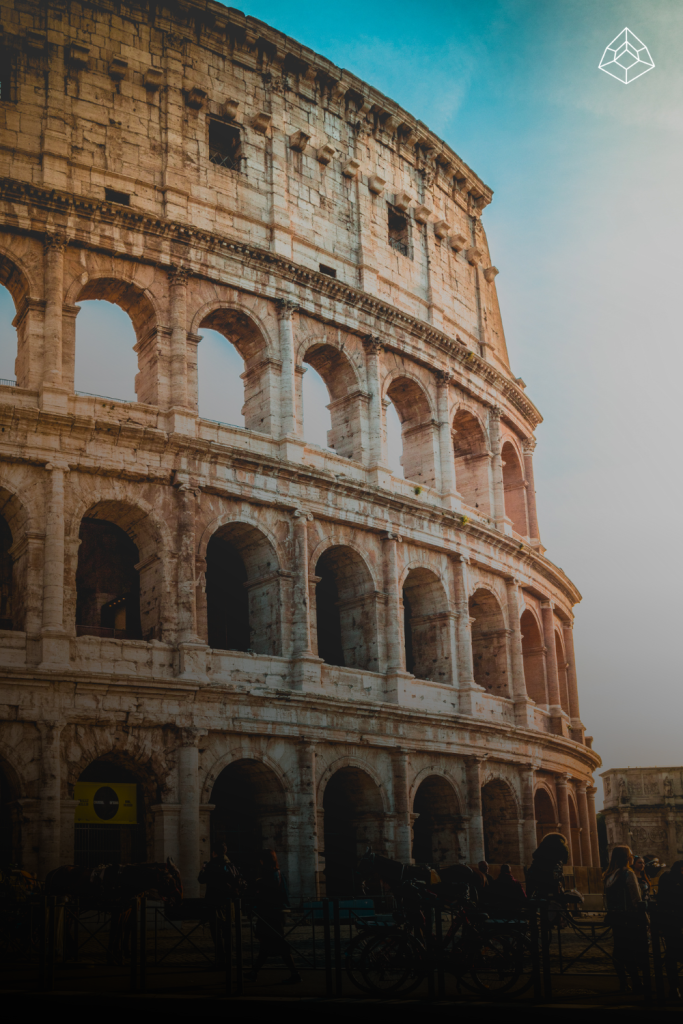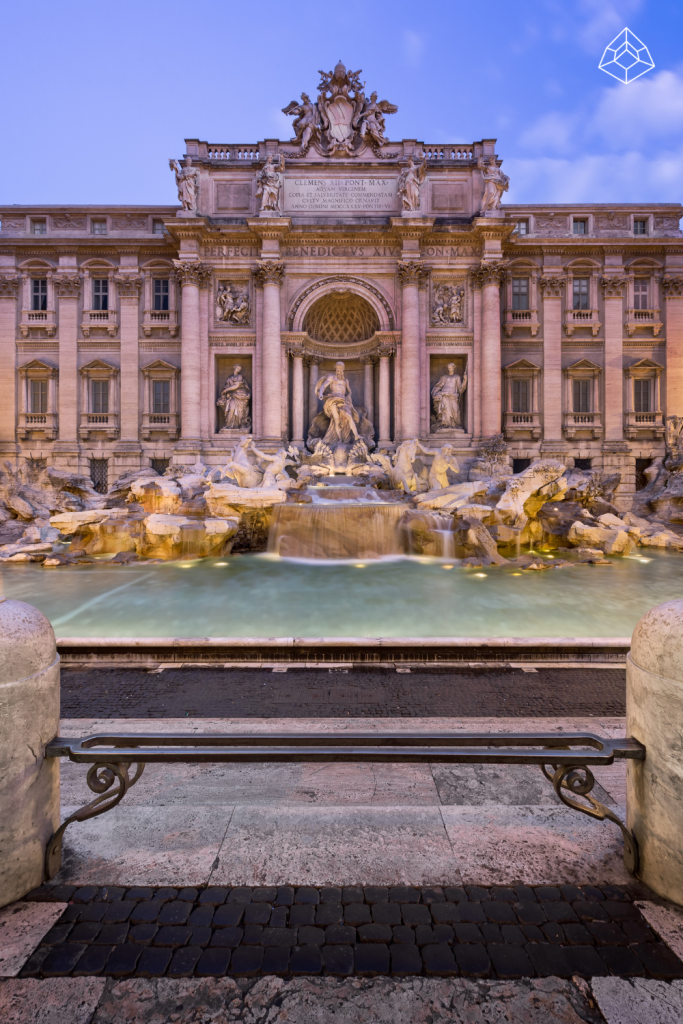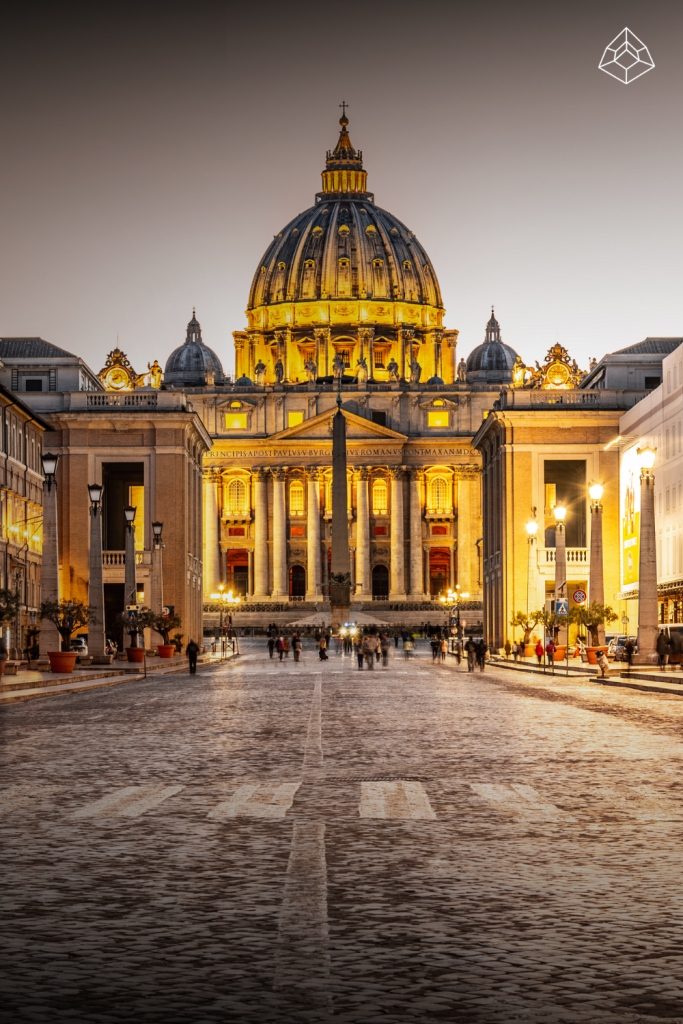Start traveling with Arture Travel
Guides, exclusive benefits and local experiences for curious travelers and cultural explorers.

Rome: History, art and magic at every corner
Rome, the Eternal City, is an open-air museum where every street tells a story. From the glories of the Roman Empire to the splendor of the Renaissance, the Italian capital is a destination that captivates with its monumental architecture, unparalleled art and vibrant atmosphere. Explore its most emblematic sites, discover secrets that only locals know and immerse yourself in the magic of a city that has inspired travelers for centuries.

Roman Colosseum: The Roar of Eternal History
The Roman Colosseum is not only one of the most impressive architectural wonders of the ancient world, but also a symbol of the greatness and legacy of the Roman Empire. Inaugurated in 80 AD by Emperor Titus, this majestic amphitheater, originally known as Amphitheatrum Flavium, witnessed epic gladiatorial battles, exotic beast hunts and theatrical spectacles designed to amaze more than 50,000 spectators at a time.
To walk through its corridors is to travel back in time. Imagine the cheers of the crowd, the sound of steel clashing in the arena, the creaking of the wood of the subway elevators that brought lions, tigers and gladiators from the bowels of the hypogeum, the complex system of tunnels and chambers under the Colosseum. This space, invisible to spectators of the time, is one of the greatest feats of Roman engineering, allowing the meticulous organization of each spectacle.
Despite earthquakes, looting and centuries of history, the Colosseum still stands as a testament to Roman architectural genius. Its iconic façade, with its overlapping arches and Doric, Ionic and Corinthian columns, reveals the mastery with which structures were designed in antiquity. Its system of stands and entrances allowed the amphitheater to be evacuated in a matter of minutes, a design so advanced that it remains a reference in modern stadiums.
Today, the Colosseum is not only a UNESCO World Heritage Site, but also one of the Seven Wonders of the Modern World. Its imposing silhouette silhouetted against the Roman sky continues to inspire travelers, historians and artists. No matter how many times you’ve seen it in photos, witnessing it in person is an impact that no image can capture.
- The best viewpoint to capture a spectacular photo without crowds.
- A secret subway tunnel connected the Colosseum to other parts of the city.
- How to avoid queues and gain quick access.
- Little known details about the gladiators and their true history.

Trevi Fountain: The Fountain of Desires and Hidden Mysteries
The Trevi Fountain is much more than just a fountain; it is a masterpiece of Italian Baroque and a symbol of the eternal magic of Rome. With its impressive white marble sculptures and crystal clear water, this fountain has witnessed centuries of history, traditions and wishes whispered in the wind.
Its origin dates back to the eighteenth century, when the architect Nicola Salvi won the competition to design it, although the work was completed by Giuseppe Pannini in 1762. Its monumental façade, which seems to emerge from the very structure of Palazzo Poli, depicts Neptune, the god of the sea, in a chariot pulled by sea horses, guided by tritons. This composition symbolizes man’s dominion over the forces of nature and the power of water as a source of life.
But the Trevi Fountain is not only an architectural jewel; it is also the epicenter of one of the most famous traditions in the world: throwing a coin into the water to ensure a return to Rome. This custom has turned the fountain into a veritable wishing well, accumulating thousands of coins from hopeful travelers every day.
Over the centuries, the fountain has been a point of inspiration for artists, poets and filmmakers. Its international fame grew even more after the iconic scene in Federico Fellini’s “La Dolce Vita”, where Anita Ekberg dives into its waters in a gesture of beauty and decadence. Since then, the Trevi Fountain has gone from being a simple monument to become an emblem of romanticism and Roman splendor.
However, beyond its obvious beauty, the Trevi Fountain hides secrets and curiosities that few visitors know. From subway tunnels to strategic spots to take pictures without crowds, discover what makes this fountain an unforgettable destination.
- Best time to visit (no crowds)
- How to flip a coin correctly (and what it means)
- The secret of Vicolo del Forno: a hidden corner for photos
- The secret fountain that the Romans used to drink from
- A subway tunnel that connects to an ancient aqueduct
Vatican Museums & Sistine Chapel: A Journey to the Cradle of Art and History
Located in the heart of Vatican City, the Vatican Museums are much more than just a collection of art galleries. They are a testament to human power, faith and ingenuity over the centuries.

With more than 70,000 works, some 20,000 of which are on display, these museums house some of the most impressive art collections in the world. Echoes of Michelangelo, Raphael, Leonardo da Vinci and other geniuses who shaped the history of Western art echo through their corridors.
The history of the Vatican Museums begins in 1506, when Pope Julius II acquired the famous statue of Laocoön and his sons, a Hellenistic sculpture that marked the beginning of an unprecedented collection. From that moment on, successive popes accumulated masterpieces from different periods and styles, creating an artistic journey that today spans more than 7 kilometers of corridors and galleries.
One of the highlights of the tour is the Sistine Chapel, a sacred space that transcends art to become an almost spiritual experience. Its ceiling, painted by Michelangelo between 1508 and 1512, is considered one of the greatest artistic feats in history. With more than 300 figures, his masterpiece narrates key episodes of Genesis, including the iconic Creation of Adam, where the fingers of God and man almost touch in an eternal instant.
But the Sistine Chapel does not only dazzle with its ceiling. In 1536, Pope Clement VII commissioned Michelangelo to paint the Last Judgment on the altar wall. The work, completed in 1541, shows Christ judging the living and the dead, with an expressive force that generated controversy at the time due to the nudity of some of the figures.
Beyond the Sistine Chapel, the Vatican Museums house treasures such as:
✔️ Raphael’s Rooms, where the artist immortalized his School of Athens, a tribute to knowledge and philosophy.
✔️ The Gallery of Maps, an impressive collection of 16th century cartographic frescoes.
✔️ The Vatican Pinacoteca, with works by Caravaggio, Titian and Leonardo da Vinci.
✔️ The Pio-Clementine Museum, home to classical sculptures such as the Belvedere Apollo and the Belvedere Torso, which influenced the work of Michelangelo.
To visit the Vatican Museums is to immerse yourself in a universe of art, history and spirituality. However, due to its popularity, the experience can become overwhelming without the right information. Below, discover the best secrets and tips to make the most of your visit.
- How to avoid long lines and get in faster
- A secret lookout with one of the best views of the Vatican
- A hidden passageway for direct access to St. Peter's Basilica
- Michelangelo's hidden figure in the Last Judgment
- The room that holds the most mysterious documents of the Vatican
- A museum inside the Vatican that few visit.
Castel Sant'Angelo: Fortress of the Popes and Witness of Rome's History
Dominating the banks of the Tiber River, Castel Sant'Angelo is one of Rome's most enigmatic and fascinating monuments. For nearly 2,000 years, this imposing structure has served as a mausoleum, fortress, papal residence and even prison.

Its unmistakable silhouette, crowned by the statue of the archangel Michael, holds centuries of secrets, conspiracies and transformations that make it a true testimony of Rome’s evolution.
The castle was built in 135 AD by order of Emperor Hadrian, who conceived it as his own mausoleum and that of his family. Inside it housed urns containing the remains of several emperors, including Hadrian, Antoninus Pius and Marcus Aurelius. However, with the fall of the Roman Empire, the mausoleum lost its original function and was converted into a military fortress due to its strategic location by the river.
In 590 AD, during a devastating plague in Rome, Pope Gregory I claimed to have seen the archangel Michael sheathing his sword over the castle, which was interpreted as the end of the plague. Since then, the building was renamed Castel Sant’Angelo and a statue of the archangel was placed on top of it, symbol of divine protection for the city.
During the Middle Ages and the Renaissance, the castle became a papal refuge in times of crisis. Through a secret passageway called Passetto di Borgo, popes could flee Vatican City and take refuge inside its thick walls. One of the most famous episodes occurred in 1527, when Pope Clement VII escaped the Sack of Rome and took refuge here while the troops of Emperor Charles V devastated the city.
The castle also served as a prison and place of execution for enemies of the papacy. Among its most illustrious prisoners were the scientist Giordano Bruno, the sculptor Benvenuto Cellini and Count Cagliostro, an alchemist accused of heresy.
Today, Castel Sant’Angelo is a museum that offers visitors the opportunity to tour its fortified corridors, Renaissance rooms, prison cells and terraces with breathtaking views. But beyond its official history, the castle hides mysteries and curiosities that few know.
- How to access without the crowds and enjoy the best experience
- A belvedere with panoramic views of Rome
- The secret passageway connecting the castle to the Vatican
- The luxurious papal rooms inside the castle
- The hidden treasure inside the castle
- Is it really haunted?
Trastevere: The Bohemian and Authentic Soul of Rome
On the other side of the Tiber River, far from the hustle and bustle of the more touristy areas, lies Trastevere, a neighborhood where time seems to have stood still.

Its cobblestone streets, bougainvillea-covered balconies and ancient churches create a unique atmosphere, reflecting the most authentic essence of Rome. Trastevere is not just a neighborhood, it is a way of life: a place where history, gastronomy and nightlife intertwine in a vibrant mosaic of culture and tradition.
The name “Trastevere” comes from the Latin Trans Tiberim, meaning “across the Tiber”. Since Ancient Rome, this area was home to merchants, sailors and foreign communities, including a large number of Jews and Syrians, giving it a cosmopolitan character since ancient times.
During the Middle Ages, the neighborhood grew around the Basilica of Santa Maria in Trastevere, one of the oldest churches in Rome, famous for its spectacular golden mosaics. While in other parts of the city the popes and the nobility built palaces, Trastevere remained a neighborhood of artisans, fishermen and merchants, which allowed it to preserve its popular and bohemian character.
Today, Trastevere is a place where Romans still gather to drink wine in the piazzas, enjoy a candlelit dinner and lose themselves among alleyways filled with street art and small family-run businesses. By day, it is a quiet haven with the aroma of espresso and freshly baked bread; by night, it becomes the epicenter of Roman nightlife, with bars tucked away in ancient cellars and terraces where you can enjoy the unmistakable local atmosphere.
But beyond its obvious charm, Trastevere hides secrets and unique corners that only locals know.
- The perfect corner for a photo without tourists
- The tradition of the "Nottataccia" and secret nightlife
- Where to taste the best carbonara in Rome
- A hidden lookout with views of the entire city
- The church that hides an unusual relic
- Rome's oldest tavern, hidden among alleys
Roman Forum & Palatine Hill: The Heart of Ancient Rome
Rome was not built in a day, but its greatness was born in a single place: the Roman Forum and the Palatine Hill. To walk among its ruins is to immerse oneself in the epicenter of ancient Roman civilization, where political intrigues were woven, historic speeches were made and temples were erected that still defy the passage of time. This is not just an archaeological site, it is a portal to a world that dominated much of the planet for centuries.

The Roman Forum was the nerve center of Rome’s political, religious and commercial life. From here, senators debated the laws that governed the empire, generals celebrated their victories with triumphal parades and citizens went to the market or the temple to worship the gods. Today, to walk along the Via Sacra, the main avenue of the Forum, is to walk the same route taken by the emperors after their conquests. It is impossible not to marvel at the majesty of the Temple of Saturn, where the treasures of the city were kept, or at the Arch of Septimius Severus, erected in honor of one of Rome’s great military victories.
But if the Forum was the heart of Rome, the Palatine Hill was its cradle. According to legend, it was on this hill that Romulus founded the city in 753 BC and where the emperors later built their lavish palaces. Among the remains of these imperial residences, you can see the vestiges of Domitian’s Palace, with its private hippodrome, and the Orti Farnesiani, Renaissance gardens with spectacular views.
Beyond their history and archaeological importance, the Roman Forum and the Palatine Hill offer a unique experience: the opportunity to step on the ground once walked by the most influential figures of the ancient world. The atmosphere is overwhelming, especially at sunset, when the golden light highlights the contours of the columns and temples, transporting visitors to an era of glory and splendor.
However, most tourists only scratch the surface of this place. There are hidden corners, well-kept secrets and unique experiences that few know about. If you want to discover the Roman Forum and the Palatine Hill from a completely new perspective, here are some of the best tips and exclusive facts.
- How to avoid long queues and gain quick access
- The stone marking "kilometer zero" of the Roman Empire
- The secret corner with the best panoramic view
- The subway temple that few tourists visit
- The cave where the legend of Romulus and Remus was born
- An arch that almost no one visits, but that marked the history of Rome
